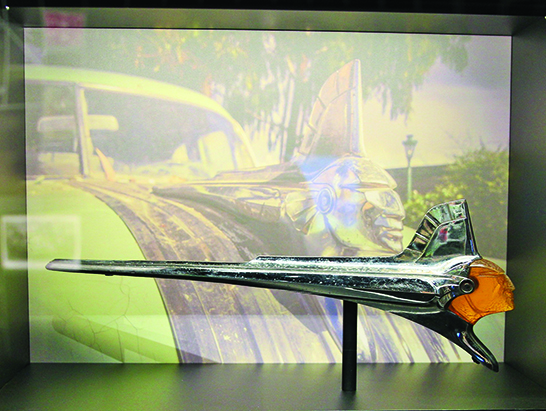
Pontiac was an Ottawa war chief who defeated the British in the 1760s. The city near Detroit is named for him, as was the General Motors brand of cars, which featured a hood ornament in the form of an Indian-head profile. During the 1950s its design was meant to suggest jet planes and rockets. The last Pontiac rolled off the assembly line in 2010.
By Micheal Rios, Tulalip News
In the heart of Washington D.C. is the world’s largest museum complex, known as the Smithsonian Institution. Among the many museums, libraries and research centers that make up this diverse information paradise is the National Museum of the American Indian (NMAI).
According to the museum’s website, NMAI cares for one of the world’s most expansive collections of Native artifacts, including culturally significant objects, photographs, treaties, and media covering the entire Western Hemisphere. From its indigenous landscaping to its wide-ranging exhibitions, everything is designed in collaboration with tribes and tribal communities, giving visitors from around the world the sense and spirit of Native America.
“I feel a profound and increasing gratitude to the founders of this museum,” said museum director Kevin Gover (Pawnee). “We are here as a result of the farsighted and tireless efforts of Native culture warriors who demanded that the nation respect and celebrate the contributions that Native people have made to this country and to the world.”
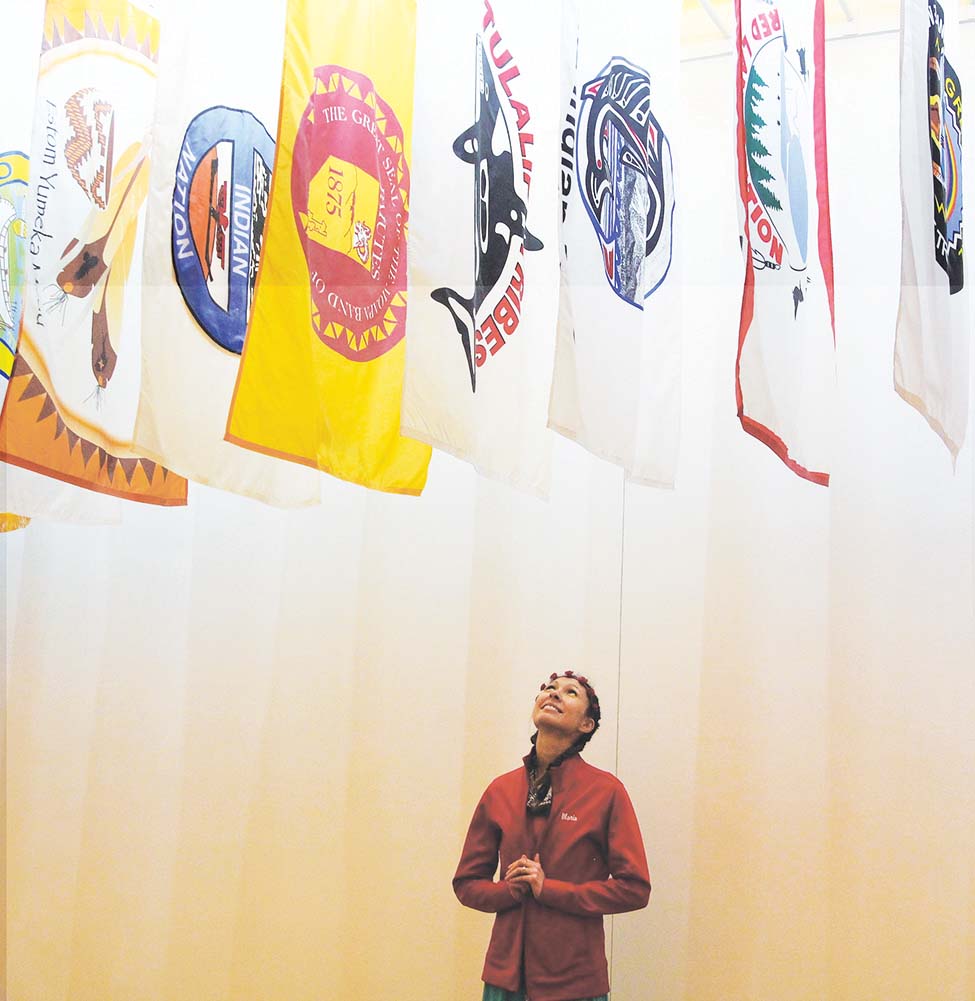
There are currently 574 federally recognized tribes. Hanging proudly from the vaulted ceilings of NMAI are the illustrative flags from each tribe, including the iconic killer whale representing the Tulalip Tribes.
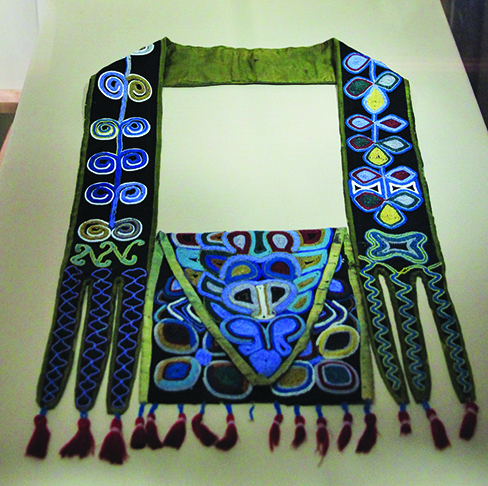
This bandolier bag is said to have been captured at the Battle of Horseshoe Bend, the climatic clash of the Muscogee civil war of 1813. An estimated eight-hundred men died.
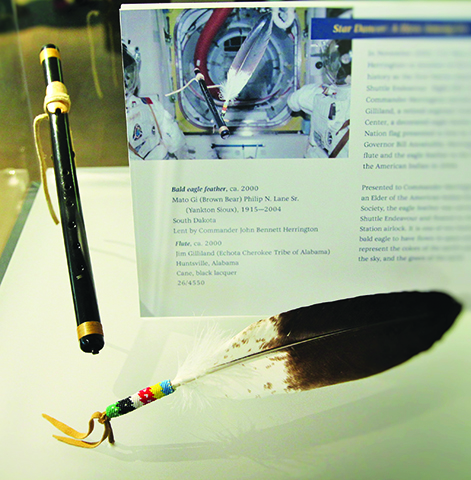
In November 2002, U.S. Navy Commander John Bennett Harrington – a member of the Chickasaw Nation – made history as the first Native American to board the Space Shuttle Endeavour. On his journey, Commander Herrington carried a flute made by Cherokee tribal member Jim Gilliland, a decorated eagle feather beaded by a Yankton Sioux citizen Philip Lane, and a Chickasaw Nation flag.
Both significant cultural items, the flute and eagle feather travelled to space with Commander Harrington. After arriving at the International Space Station, he placed both items within the airlock where they floated together in the zero gravity environment.
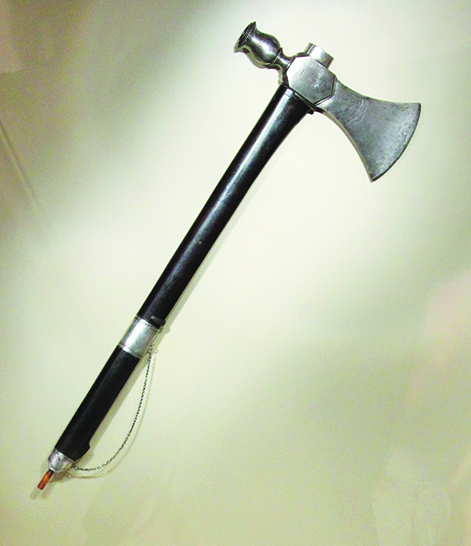
This pipe tomahawk bears two incised British flags and the names “Bowles” and “Tustonackjajo.” It is thought that William Augustus Bowles, the self-appointed director-general of the Muscogee Nation, presented the tomahawk to Muscogee leader Tustenuggee Hajo.